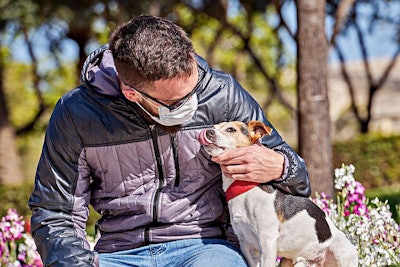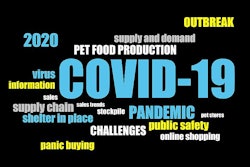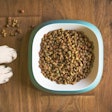
Dog, cat and other pet food brands printed their labels long before the COVID-19 pandemic disrupted global supply chains, Leah Wilkinson, vice president of public policy and education for the American Feed Industry Association (AFIA) said. What happens if pet food companies need to switch out ingredients due to pandemic-related shortages? Likewise, what if the order of the ingredients changes? The group has started discussion with the U.S. Food and Drug Administration and other industry partners to answer those and similar questions created by the spread of the COVID-19 pandemic.
“Those conversations have started, but they are very much in their infancy,” Wilkinson said. “They know that if ingredients need to change due to supply challenges, this is going to be a problem, and that we’re going to need some regulatory assistance… We also have the state component with labeling.”
Human food supply chain concerns
Tyson Foods recently ran an advertisement in several major U.S. papers. The company claimed meat shortages would occur if the company had to close their abattoirs and meat packing plants for extended periods of time due to the COVID-19 pandemic. In the paid content, as well as on the company’s blog, The Feed, John Tyson, chairman of Tyson’s executive board wrote that the human food supply chain is “breaking.”
If meat processors lose capacity to supply the human food chain, the livestock may end up in rendering plants, said David Meeker, Ph.D., senior vice president of scientific services for the North American Renderers Association.
“We've got renders ready and willing to help with that,” Meeker said. “Hopefully that can be done in a way to make good pet food ingredients out of it.”
NARA has been involved in hypothetical discussions about how to handle those livestock to ensure that it is done in a way that makes high quality rendered products, he said.
“For example, We absolutely don't want them put down with any kind of drug,” he said. “They'd have to be put down like they were meat.”
However, the rendering industry can only handle a portion of the livestock meant for human consumption. Meeker sees liquidating a herd for rendering as an option for smaller producers with limited market options.


















